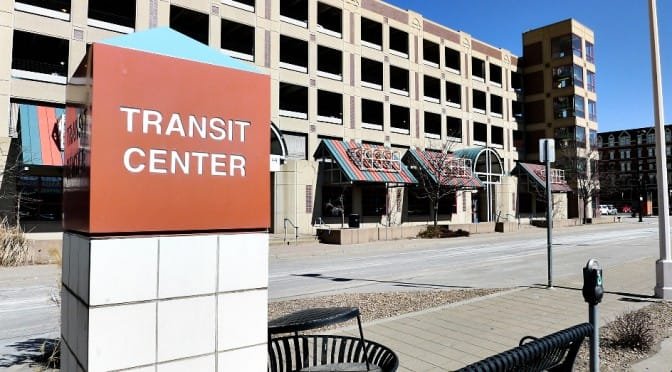Tag: Intrust Bank arena
-

For Wichita’s new water supply, debt is suddenly bad
Wichita city leaders are telling us we need to spend a lot of money for a new water source. For some reason, debt has now become a dirty word.
-
In Wichita, no difference between business and government?
Leaders in Wichita often liken government decision making to running a business, but there are important differences. That Wichita’s leaders in both government and business do not understand this is problematic.
-

Would you rent space from this landlord?
Commercial retail space owned by the City of Wichita in a desirable downtown location was built to be rented. But most is vacant, and maintenance issues go unresolved.
-

WichitaLiberty.TV: Government accounting, Government ownership of infrastructure, and Wichita commercial property taxes
Government leaders tell us they want to run government like a business. But does government actually do this, even when accounting for its money? Then, is it best for government to own all the infrastructure? Finally, taxes on Wichita commercial property are high, compared to the rest of the nation.
-

Intrust Bank Arena: Not accounted for like a business
Proper attention given to the depreciation expense of Intrust Bank Arena in downtown Wichita recognizes and accounts for the sacrifices of the people of Sedgwick County and its visitors to pay for the arena. It’s a business-like way of accounting, but a well-hidden secret.
-

In Wichita, no differentiation between business and government
Leaders in Wichita often liken government decision making to running a business, but there are important differences.
-

As landlord, Wichita has a few issues
Commercial retail space owned by the City of Wichita in a desirable downtown location was built to be rented. But most is vacant, and maintenance issues go unresolved.
-
WichitaLiberty.TV September 15, 2013
In this episode of WichitaLiberty.TV, host Bob Weeks reviews chapter 4 of “Economics in One Lesson,” about how public works mean taxes, and efforts to create jobs through spending on public works do more ham than good, if the public asset is not truly needed. The tax used to build the Instrust Bank Arena in…
-
Touring a Wichita-owned downtown retail development
Touring a Wichita city-owned retail strip in a prime downtown location raises a few issues.